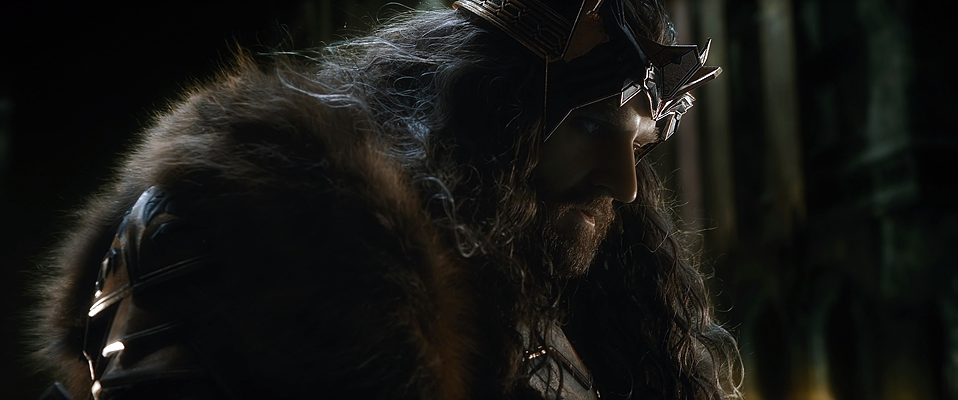
Such epithets, like their outer names would not be secretive. The third is their descriptive name, or epithet. Apparently given to them at birth and revealed to other dwarves only on very rare occasions, likely at important dwarvish ceremonies. Then there is their inner name, which is revealed to no-one. A prime example of this is notable by the runes written on Balin’s tomb in Moria, which have the names Balin and Fundin on them, both “outer names”.ĭwarves in fact have 4 different names, their outer name (in a manner these could be seen as “first names”). Dwarves do not even record their true (inner) names on their tombstones. Now, as we’ve covered, the outer name could be given freely, but the inner name was a matter of top secrecy, like the language Khuzdul itself. Dalish was however not the only other language used for outer names, as the First Age dwarf King of Nogrod “ Naugladur“, clearly uses an early-elvish name for his outer name (though it could be argued the elves gave him this name – as it is only mentioned in their histories – it’s likely meaning is “King of Dwarves” in Goldogrin (early-elvish). This would explain the enigma of the name “Durin”. And perhaps in later days, the names the men used (which likely took on a “Dalish” flavour) were in turn used by the dwarves themselves for their sons. The men of Dale lived in close proximity to the dwarves, so it is not unthinkable that they would have used taken such names for their sons. What I mean is, it would not be illogical for the men of Dale to “adopt” the outer names of dwarves outer names the dwarves invented themselves.

So, how do we explain this? Well, the other way around seems much more logical. In other words, it doesn’t make sense for the dwarves to have taken their outer names from men, as they didn’t exist yet. But that wouldn’t make sense either, seeing that the records of the elves use the name of Durin as well. One could assume that the name “Durin” was a name the dwarves gave sometime during the third age to the eldest of their kind and he was known by another name before. Seeing that if dwarves got their outer names from the men of Dale, Durin the Deathless could not possibly have been called Durin, seeing he was created by Aulë hundreds of years before any man (let alone one of Dale) even existed. This explanation (of using “Dalish” for the outer names of dwarves) however leads to a major problem. Thorin and his grandfather King Thrór as seen in The Hobbit movies. So for Tolkien it was a convenient device to allow him to use Old Norse names for the dwarves.

This he later explained by the translation fiction: since Westron was translated with English, the language of Dale, used by Dwarves for their “outer” names, was translated with Old Norse. Tolkien said the language of Dale was used for the outer names of dwarves, as he took most of the dwarvish names in his work, from Old Norse poems ( Poetic Edda). Names dwarves use when talking to non-dwarves (and even among themselves), hiding their “real” names from most. Tolkien said that names such as “Thorin”, “Thrain” and “Thor”, are what is known as “outer names”. In fact, using our example above, Thorin could have even added the name “Oakenshield”, or “of the Longbeards” to this already long personal introduction. It is clear from the above example that Dwarves and especially those of regal line don’t just have one name they use when introducing themselves. “Thorin son of Thrain son of Thror King under the Mountain!” said the dwarf in a loud voice, and he looked it, in spite of his torn clothes and draggled hood.” – The Hobbit Chapter 10 A Warm Welcome.


 0 kommentar(er)
0 kommentar(er)
